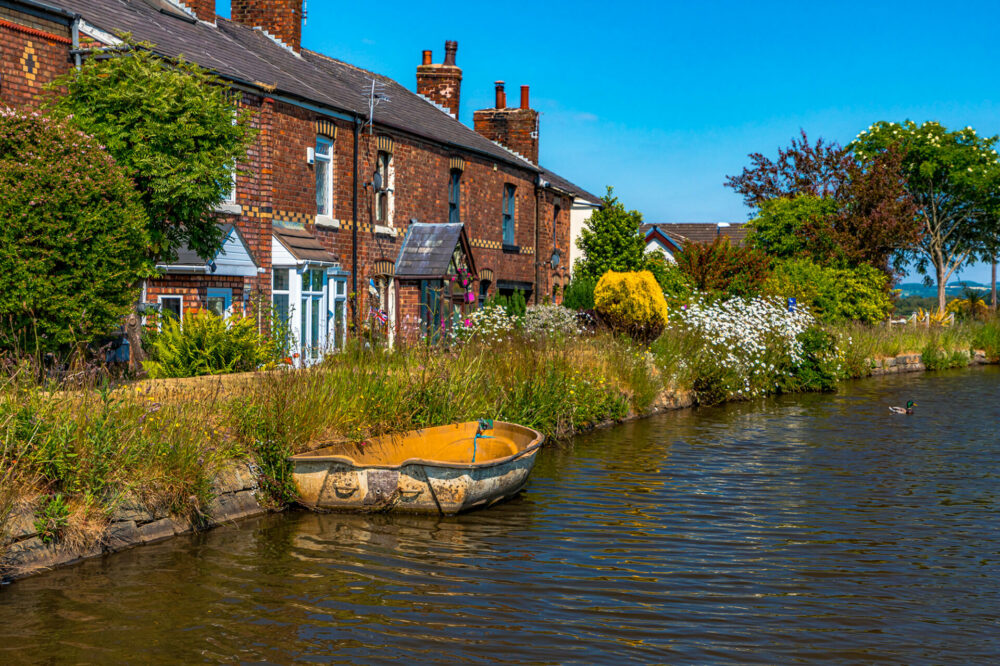Unlocking One of the Most Impressive Features of the Waterways
If you’re new to canal cruising or planning a boat holiday, you’ve probably come across the term “lock flight” and wondered what it means. In simple terms, a lock flight is one of the most fascinating and impressive engineering features of the UK’s canal system — and navigating one can be both a challenge and a highlight of your journey!
Let’s take a closer look at what a lock flight is, how it works, and what to expect when cruising through one.
🧭 What Is a Lock Flight?
A lock flight is a series of canal locks built close together to allow boats to travel up or down a steep section of waterway. Instead of one lock doing the job, a flight uses multiple locks in succession, helping to move boats across a large change in elevation over a short distance.
Each lock in the flight lifts (or lowers) the boat a few feet, and together they create a staircase of water levels.
🔧 Why Do Lock Flights Exist?
The UK’s canals were built to connect towns, cities, and industries — often over hilly landscapes. Since water can’t flow uphill, locks were invented to raise or lower boats between different elevations. When the rise or drop is too steep for one lock to manage alone, engineers built flights of locks to spread the lift across several stages.
🚤 Famous Lock Flights in the UK
Some lock flights are iconic landmarks in their own right. Examples include:
- Caen Hill Locks (Devizes): 29 locks in total, 16 of them in a straight line — a boater’s challenge!
- Bingley Five Rise (Leeds & Liverpool Canal): One of the steepest lock flights in the UK.
- Tardebigge Locks (Worcestershire): The longest flight in Britain, with 30 locks over 2¼ miles.
- Stanley Lock Flight (Liverpool): The gateway between the Liverpool Docks and the Leeds & Liverpool Canal.
🕐 How Long Does It Take to Go Through a Lock Flight?
It depends on the number of locks and how busy the flight is. A small flight might take 30–60 minutes, while larger ones like Caen Hill can take several hours. You’ll also need to factor in:
- Waiting for other boats
- Lock operation time
- Filling and emptying each lock safely
Boating through a flight can be hard work, but it’s also incredibly rewarding — and great exercise!
🧑✈️ Tips for Navigating a Lock Flight
- Work as a team – One person steering, one operating locks is ideal.
- Take your time – Rushing through can cause damage or stress.
- Use the correct paddles – Open paddles slowly to control water flow.
- Be patient with other boaters – You may need to share locks or wait your turn.
- Carry a windlass – You’ll need one to operate the paddle gear.
💡 Lock Flight vs. Staircase Lock – What’s the Difference?
A lock flight has short pounds (stretches of water) between each lock.
A staircase lock, like Bingley Five Rise, has no pounds between locks — the top gate of one lock is the bottom gate of the next.
Staircases require extra care and planning to avoid flooding or grounding.
🧳 Final Thoughts
Lock flights are more than just a way to travel uphill or downhill — they’re part of the historic charm of Britain’s canal network. For first-time boaters, they might seem intimidating at first, but with a little patience and teamwork, they’re incredibly satisfying to navigate.
Next time you take a boat holiday, don’t shy away from a lock flight — embrace it as part of the adventure!


